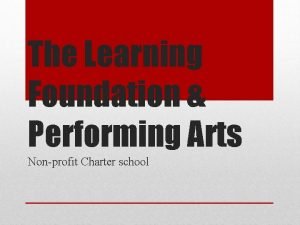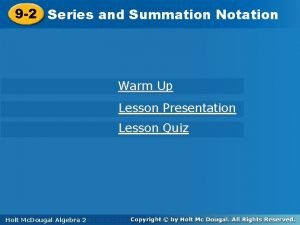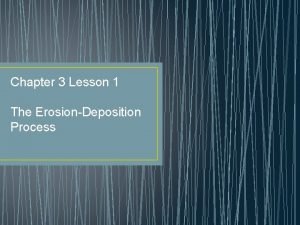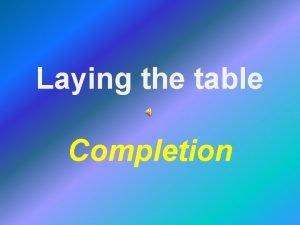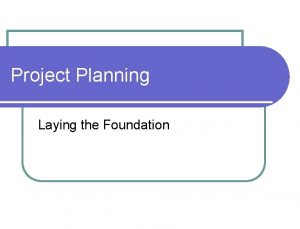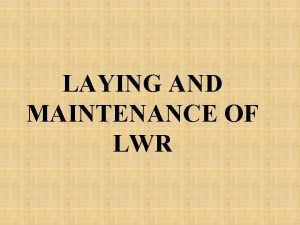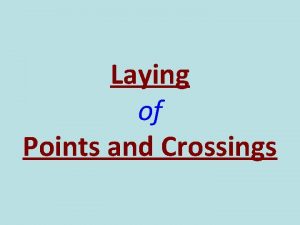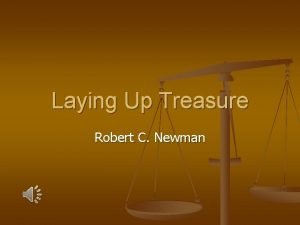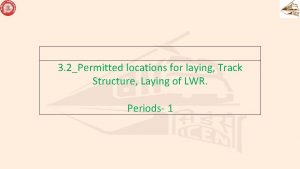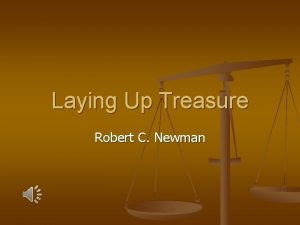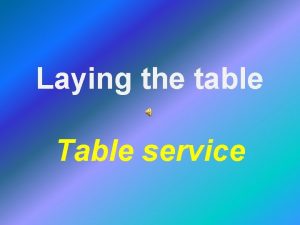Laying a Foundation for Arts Integration Context Around











- Slides: 11

Laying a Foundation for Arts Integration Context Around the country, many teachers have been working on arts integration and cross-curricular teaching. Excellent models of instruction have been developed in Chicago, Oakland, Los Angeles and many other cities. In this web activity, you will be looking at examples of work done in the Kennedy Center’s Changing Education through the Arts program at schools in and around Washington, D. C.

Laying a Foundation for Arts Integration • Time and materials: – You will need about an hour to complete this work. You will need a computer and internet access with the capability to watch streaming videos. You will need to record your thoughts either on paper or in an electronic document. • Stimulus: – http: //artsedge. kennedy-center. org/educators/how-to/series/arts-integration -beta/arts-integration-beta. aspx • Your Task: – Follow the guidelines to investigate this website and view selected videos. • Questions: – bbullwinkel@fcoe. org

First, examine the materials in the section “What is Arts Integration? ” Be sure to explore all the drop down menus and watch the video posted to the “Historical Context” tab.

Processing questions o What experiences have you had with the three types of arts education described on the website? o Arts as Curriculum o Arts-Enhanced Curriculum o Arts-Integrated Curriculum o What did you notice in the definition of arts integration that connected with your teaching practice? o The video “Public Education in the United States” describes several paradigms for curriculum and instruction. What will teaching and learning look like when we begin aligning with Common Core State Standards and a new testing model?

Next, visit the section titled “Why Arts Integration. ”

Take a look at teacher and student perspectives about arts integration, particularly video #4 and the list of teacher quotes.

Next, examine two big reasons the Kennedy Center finds to support work in arts integration.

Processing question o In the “Perspectives” section and the “Two Big Reasons” section, many claims were advanced regarding the impact of arts integration on students and on teachers. o Which claim resonated with your work in the classroom? What were the commonalities? o Which claim pushed against your beliefs about classroom instruction? What was the dissonance? o If you work with secondary students, how could the examples of arts integration translate to cross-curricular learning in your setting?

Finally, look at arts integration in a classrooms setting.

Watch some of the videos about Language Arts instruction. Be sure to watch Example 1, “Martin’s Big Words. ” Watch the video about Math instruction integrating Geometry and Visual Art.

Performance Task • Using the information from the Arts. Edge website, synthesize your knowledge of arts integration and Common Core State Standards to create a portrait of a 21 st Century student learner. • Your portrait may be in writing, through visual art, through multimedia or a combination of these three. • You should spend no more than 15 minutes on this task. • Bring your output with you to the Institute.
 Quality culture changing hearts minds and attitudes
Quality culture changing hearts minds and attitudes Creative arts grade 8 test term 2
Creative arts grade 8 test term 2 Learning foundation stapley
Learning foundation stapley Historical foundation of arts frayer model
Historical foundation of arts frayer model Australian business arts foundation
Australian business arts foundation What goes around comes around examples
What goes around comes around examples Martin luther king of hinduism
Martin luther king of hinduism Series in sigma notation
Series in sigma notation You have 100 coins laying flat on a table
You have 100 coins laying flat on a table Set aside every weight
Set aside every weight What is the laying down or settling of eroded material?
What is the laying down or settling of eroded material? Flowers laying on table
Flowers laying on table


